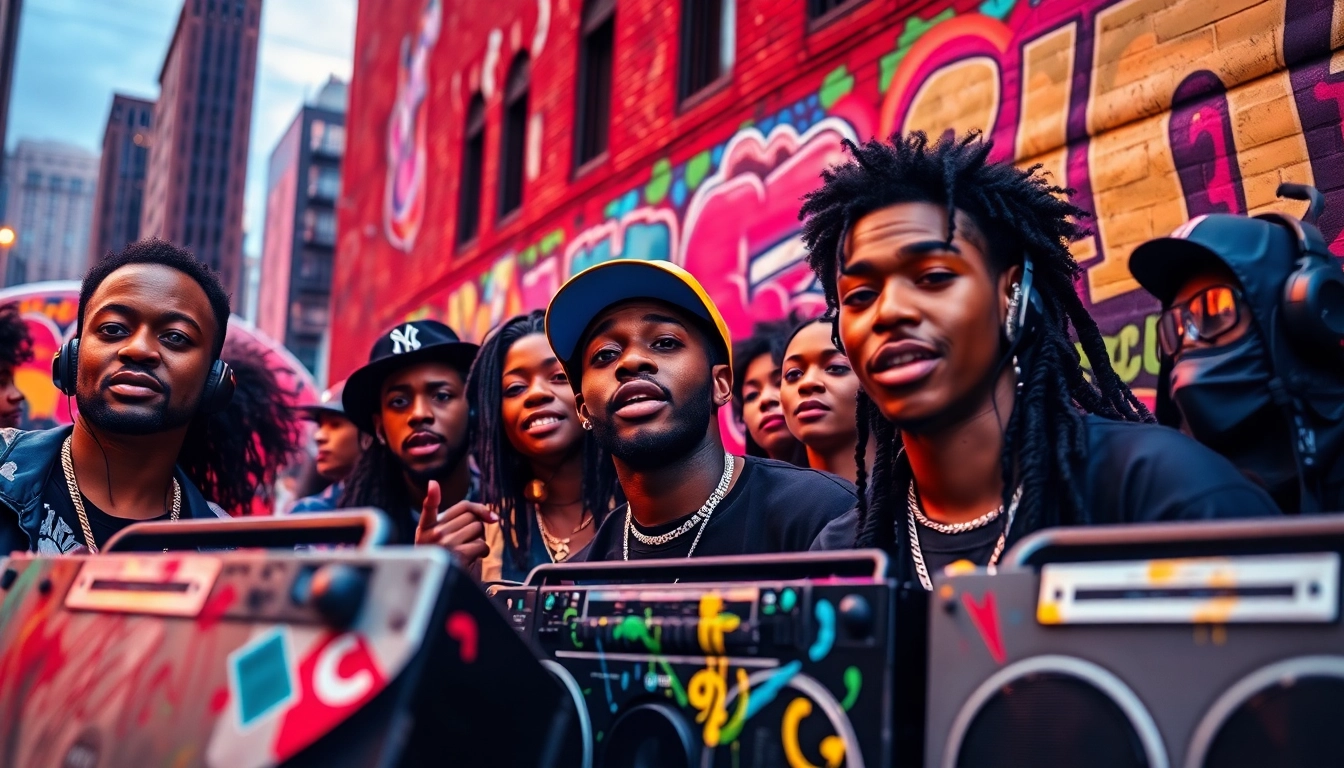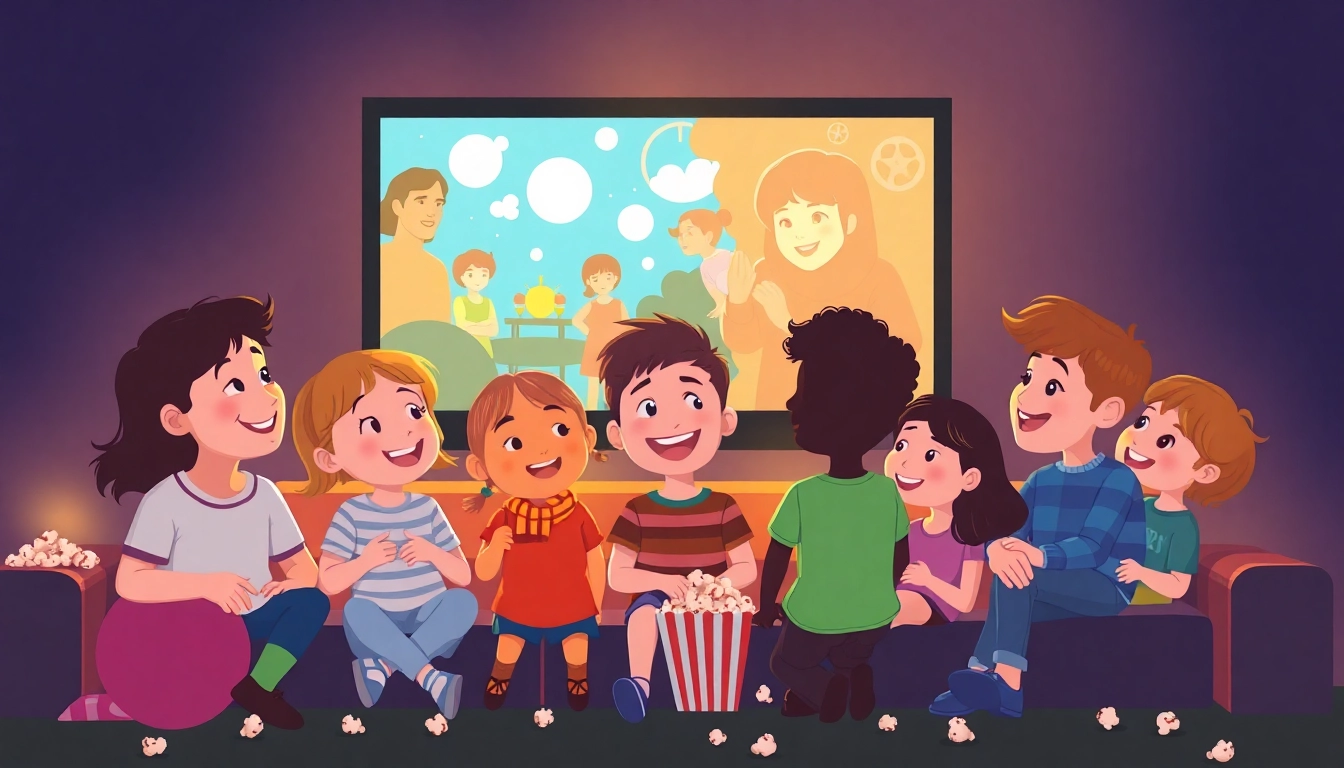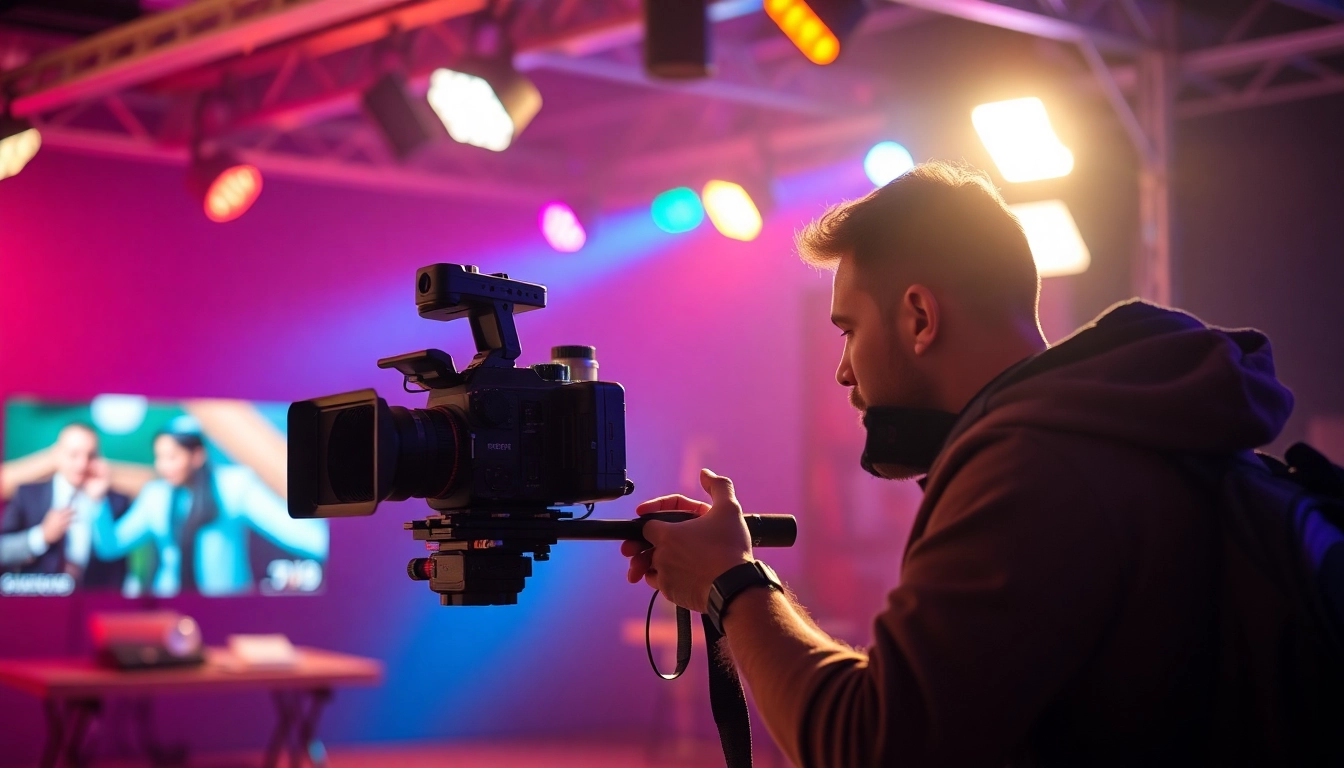The Roots of Rap Culture in Chicago
Historical Context and Origins
Chicago has been a pivotal hub for music and arts since the early 20th century, contributing to various genres, including blues and jazz. However, it wasn’t until the emergence of hip-hop in the late 1970s that the city began developing its own underground rap scene. Drawing from the rich musical history of Chicago, artists began blending traditional elements with innovative styles that would later establish what we now recognize as Chicago rap.
As hip-hop culture spread throughout the United States, Chicago quickly adapted the sounds and styles that were taking root in New York and Los Angeles. By the 1980s, with the likes of artists such as Common and Twista stepping onto the scene, Chicago began creating its unique identity within rap culture. Rap culture in Chicago began to reflect local experiences, resonating with the struggles, aspirations, and voices of its communities.
Key Influential Artists and Their Contributions
There have been several influential figures who have significantly shaped Chicago’s rap scene. Most notably, Common’s lyrical prowess and poetic approach brought early recognition to the city’s hip-hop landscape. His debut album “Can I Borrow a Dollar?” in 1992 laid the groundwork for a movement that would evolve over the decades.
Following Common, Lupe Fiasco emerged as a voice for the youth, infusing socially conscious themes into his music. His album “Food & Liquor” delved into the harsh realities of urban life while showcasing an imaginative lyrical style that set him apart from his contemporaries.
As the 2000s rolled in, artists like Kanye West began to redefine the sound of hip-hop, incorporating elements of soul and electronic music, which attracted a broader audience and elevated Chicago rap onto the international stage.
Emergence of Subgenres: From Ghetto to Drill
As the rap scene expanded, so did the diversity of its subgenres. In the early 2010s, a darker, more aggressive style known as Drill emerged, resonating with the grim realities of life in some of Chicago’s neighborhoods. Pioneers like Chief Keef encapsulated this new sound, delivering raw lyrics backed by hard-hitting beats.
The Drill movement brought forth not only a new musical style but also a cultural phenomenon that attracted scrutiny from outside the city. Its portrayal of violence and street life sparked debate about the impact of music on youth culture and crime in urban settings. Despite its controversies, Drill has undeniably left a lasting mark on Chicago’s identity within the larger rap landscape.
The Impact of Chicago’s Rap on National Trends
Chicago’s Influence on Mainstream Hip-Hop
Chicago’s rap scene has consistently influenced national trends in hip-hop. The Windy City has birthed several trends and styles that have permeated the larger hip-hop culture. For instance, the mixtape culture that flourished in Chicago has set the standard for how new artists propagate their sounds. Early adopters like Chance The Rapper utilized platforms such as Bandcamp and SoundCloud to reach audiences directly, bypassing traditional record label systems.
Additionally, the emergence of “Chance raps”—lyrically positive, melodic verses—has become a recurrent theme in popular rap. Chart-topping artists like Lil Durk and Polo G have taken inspiration from their Chicago predecessors, infusing their work with the unique narratives and experiences of the city.
Comparative Analysis with Other Major Cities
When comparing Chicago rap to that of other major cities like New York or Atlanta, distinct differences emerge. While New York’s rap history leans heavily on its structural lyricism and storytelling tradition, and Atlanta’s Scene thrives on catchy hooks and traps beats, Chicago stands out with its gritty realism and social consciousness.
Chicago’s artists have often maintained a deep connection to their hometown, incorporating stories of personal experiences, socio-economic struggles, and community issues into their music. This results in a rawness that appeals to listeners who crave authenticity, contrasting with the constructed narratives of some of their counterparts in other metropolitan areas.
Significant Collaborations and Their Effects
Collaborations have always played a crucial role in enhancing the visibility and reach of Chicago’s rap scene. The collaboration between Kanye West and Jay-Z in “Watch the Throne” marked a watershed moment that showcased Chicago talent on a global platform. This partnership not only propelled Kanye’s career but also opened doors for many other Chicago artists.
Moreover, collaborations that feature multiple artists from various local scenes, like the “Savage Mode” series by 21 Savage and Metro Boomin, have spotlighted Chicago’s ability to merge different sounds and styles, promoting a cohesive sense of community within the diversity of its artists.
Community and Social Themes in Chicago Rap
Voices of Struggle and Triumph
Chicago rap represents a platform for voices that speak to the struggles and triumphs of underrepresented communities. Particularly in genres like Drill and Trap, artists express feelings of disillusionment, resilience, and hope—reflective of the environments they navigate daily.
Tracks that discuss gang violence, poverty, and systemic racism are common, portraying a storytelling style rooted in real-life experiences. For many artists, sharing their narratives not only serves as a form of artistic expression but also as a means of fostering understanding and connection with listeners both locally and internationally.
The Role of Family and Community in Lyricism
Family dynamics and community relationships heavily influence the lyrics of Chicago rap. Many artists often reference personal relationships and community connections in their songs, reflecting the intricate networks that support both their struggles and triumphs. This rich texture of storytelling can be seen in the work of artists like G Herbo and Lil Bibby, who use their lyrical platforms to share their family histories and communal experiences.
Furthermore, collaborations with local organizations and outreach programs prove essential in nurturing young talent and emphasizing the importance of family support systems within rap culture.
Recent Developments: The Youth Perspective
Today, the youth perspective plays an essential role in shaping the conversation around Chicago rap. As newer artists emerge, there is a conscious effort to engage with themes that resonate with younger generations, such as mental health, self-identity, and social justice. Artists like Juice WRLD have harnessed the power of emotional storytelling to touch on these subjects, promoting a new understanding of vulnerability in rap.
Social media has become an invaluable tool for young artists to share their messages, helping them reconnect with audiences in genuine ways that traditional media struggles to achieve.
The Chicago Hip-Hop Scene Today
Current Artists Shaping Chicago’s Sound
In contemporary times, Chicago continues to produce an array of talented artists who are reshaping the sound of rap. From the introspective lyricism of Noname to the commercial success of Polo G, the scene thrives on diversity and innovation. These artists not only elevate Chicago rap but also influence the broader hip-hop genre worldwide.
Furthermore, artists like Saba and Idles exemplify the city’s commitment to experimentation, blurring the lines between hip-hop and other genres like jazz and R&B. This eclecticism has contributed to a flourishing music environment that champions artistic creativity and collaboration.
Venues and Events: Where Culture Thrives
Chicago is home to numerous venues that have historically played a significant role in the hip-hop scene. The House of Blues and Rappermatic are notable examples where local artists can showcase their talents, providing platforms that promote underground and mainstream acts alike. Events such as Chicago Hip Hop Week celebrate the culture while fostering community and collaboration among artists.
Moreover, the annual Chicago Music Summit offers resources, workshops, and networking opportunities to cultivate the next generation of music creators, ensuring that the city’s vibrant rap culture continues to flourish.
The Role of Social Media and Technology
With the advent of social media, Chicago rap has experienced unprecedented reach and visibility, granting artists direct access to their audiences. Platforms such as Instagram, TikTok, and YouTube facilitate not just music sharing but allow for performances, artist collaborations, and fan interactions that were unheard of a few decades ago.
Moreover, digital streaming services like Spotify and Apple Music have reinvented how music is consumed, allowing local Chicago artists to compete on global stages. The increased availability of online content enables artists to maintain control over their creative outputs and financially sustain their careers without needing traditional record deals.
Future of Rap Culture in Chicago
Predictions for the Next Generation
As Chicago rap continues to evolve, predictions of the future suggest stronger emphasis on social commentary and community empowerment among the city’s artists. With issues such as inequality and police violence still prevalent, the call for artists to become advocates for change becomes ever more critical.
Emerging artists are likely to focus on introspective storytelling, merging various musical styles, and building on the foundation laid by their predecessors in order to make a lasting impact on the genre.
New Sounds and Evolutions on the Horizon
Musically, the fusion of genres will likely characterize the future of Chicago rap. The integration of alternative rock, electronic music, and even elements of pop can create a refreshing sound that further appeals to diverse demographics. Artists can take inspiration from global music trends while remaining deeply rooted in their Chicago identities.
With advancements in technology, the production quality will also evolve, pushing the boundaries of what’s possible in rap music. The future may see an even greater emphasis on virtual performances and artistic collaboration, with the potential to reach unprecedented audiences.
How Communities Can Support Emerging Artists
The future of rap culture in Chicago rests not just on individual artists but on the communities that surround them. Local businesses, organizations, and venues need to prioritize supporting emerging talent through funding, facilities, and promotion. By investing in grassroots efforts, communities can ensure that the next generation of artists has the resources necessary to break through the noise and create impactful music.
Moreover, mentoring programs that connect seasoned artists with rising talent can serve as a conduit for knowledge sharing, fostering an environment where collaboration, innovation, and community thrive.



